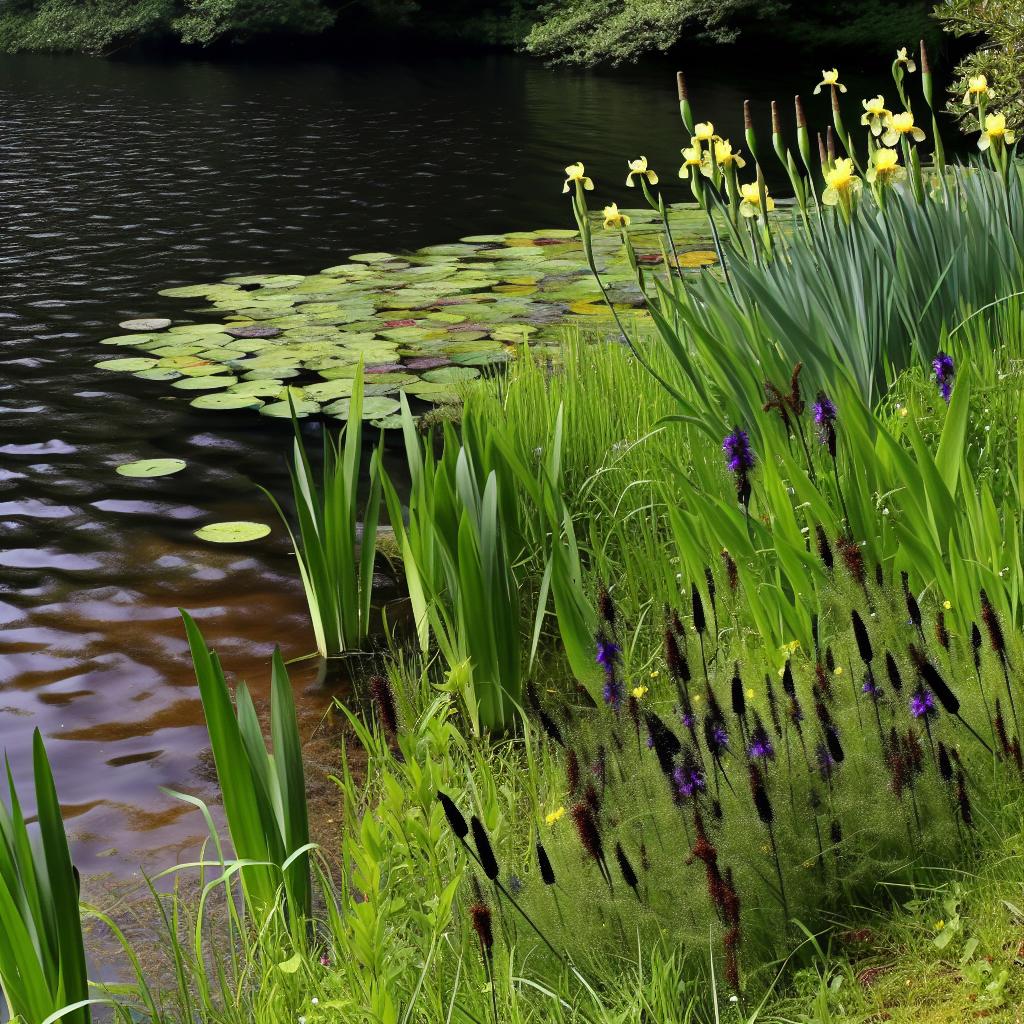Introduction to UK Lakeshore Flora
The lakeshores of the United Kingdom are home to a fascinating array of plant species, each uniquely adapted to their surroundings. Contributing to this diversity are the varied climates and geological features of the UK, which collectively create a plethora of environments conducive to supporting a wide spectrum of plant life. By observing and understanding these plants, one can gain significant insights into ecological interactions and environmental health.
The Unique Ecological Role of Lakeshore Plants
Lakeshore plants hold a crucial role in maintaining ecological balance. They provide habitat and nourishment for a myriad of wildlife, stabilize the soil, and help reduce erosion along the banks. Moreover, these plants contribute to water quality by filtering pollutants out of the water, thereby playing a vital role in sustaining the ecosystems associated with freshwater bodies.
Within the seamlessly functioning web of life, lakeshore plants are indispensable, ensuring a symbiotic relationship with numerous species that depend on these habitats. The unique geographical and climatic conditions of the UK have led to diverse adaptations among these plants, reinforcing their role as ecological linchpins.
Common Species Found on UK Lakeshores
The lakeshores of the UK host a variety of plants, some of which are rare or found only in specific regions. These species thrive particularly well along the shores, benefiting from the unique environmental conditions available to them.
Water Mint (Mentha aquatica): Typically found along shallow lake edges, water mint emits a refreshing aroma through its roundish, hairy leaves. A prominent player in the ecosystem, it supports pollinators such as bees, offering them nourishment through its nectar.
Marsh Marigold (Caltha palustris): Known for its vibrant yellow flowers, the marsh marigold typically blooms in early spring, contributing to the vibrant flora of the lakeshore. It is specially adapted to damp conditions prevalent in lakeshores and wetlands, making it an integral part of these habitats.
The presence of such plant species not only adds to the aesthetic charm of the lakeshores but also indicates the health of the aquatic ecosystems, acting as natural bioindicators.
Adaptations of Lakeshore Plants
The adaptability of lakeshore plants is crucial for their survival in environments where water levels fluctuate regularly. Many of these plants showcase hydrophytic adaptations, which involve specialized tissue structures to cope with water saturation. Such adaptations include air spaces in tissues that provide buoyancy and facilitate gas exchange under submerged conditions.
Additionally, lakeshore plants often possess extensive root systems that anchor them firmly to the substrate. This anchorage is vital, particularly during high-water conditions that might otherwise lead to the washout of less tenacious plants. Some species have evolved leaf shapes and orientations that reduce water loss and withstand strong winds, contributing further to their resilience.
Through these adaptations, lakeshore plants have perfected the art of thriving in environments characterized by variability and change, ensuring their continued survival across generations.
Conservation Efforts and Challenges
However, the conservation of lakeshore plant species in the UK faces a range of challenges. Habitat loss, pollution, and the introduction of invasive species pose significant threats to the natural balance and survival of native plant communities. Efforts to protect these plants often focus on habitat restoration and controlling pollution to preserve the natural environments that support lakeshore flora.
Conservationists and environmental organizations have been working tirelessly to address these challenges. Policies aimed at preserving wetland areas, reducing nutrient run-off, and managing invasive species are being implemented. Public awareness and community engagement play crucial roles in these efforts, as they encourage the adoption of sustainable practices that can help mitigate the impact of human activities on these ecosystems.
For those interested in delving deeper into the ecology of UK lakeshores, there are numerous resources available. Environmental organizations and local botanical societies offer a wealth of information and research to enthusiasts and conservationists alike. A good starting point for further exploration could be the Royal Society for the Protection of Birds (RSPB), which, although primarily focused on avian species, also pays significant attention to freshwater habitats.
The preservation and study of lakeshore flora are integral to understanding broader ecological dynamics and ensuring these unique and vital assemblages remain part of the UK’s natural heritage for future generations to appreciate and learn from.
